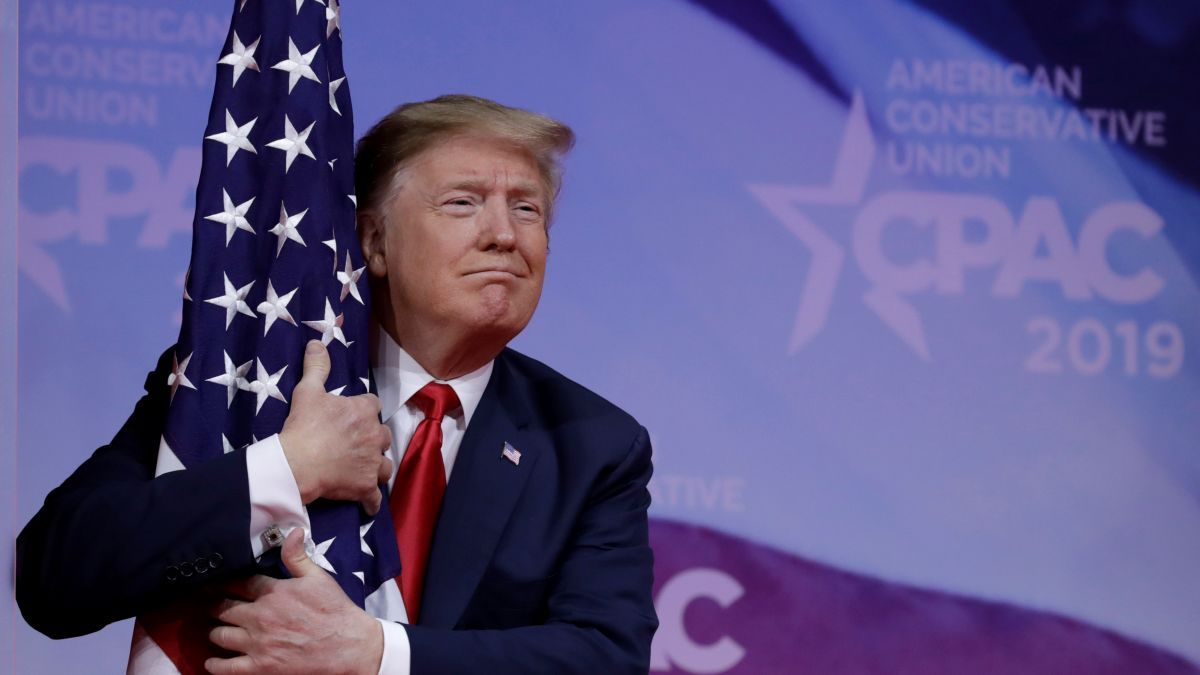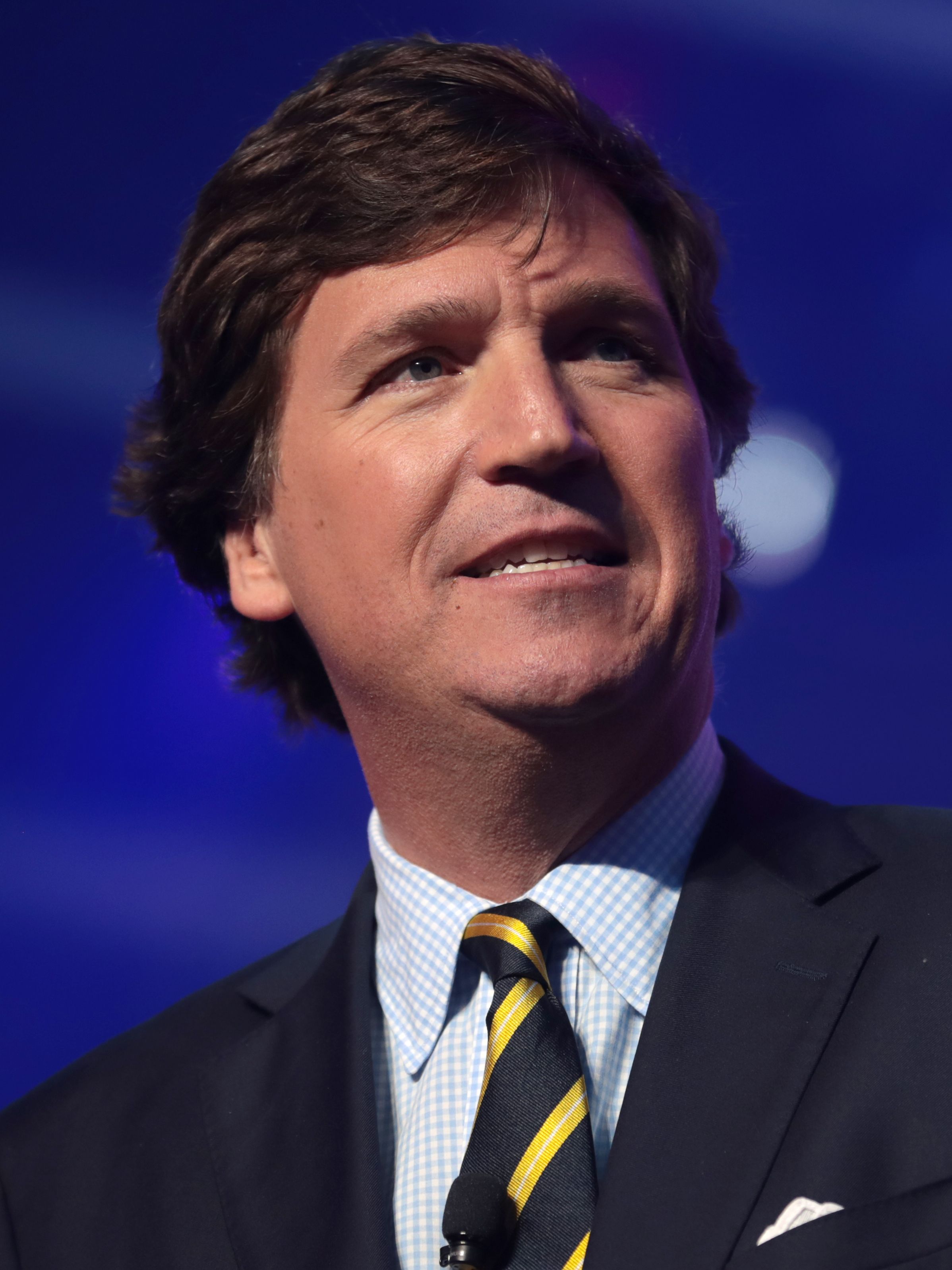I was among a select group of media scholars to be contacted by the Congressional Investigatory Committee on January 6 to assess conservative media’s role in fomenting the Capitol riot. The Committee reached out to me because I have studied Fox News for over a decade and published one of the few full-length academic books on the network.
In my written testimony to Congress, I explain why Fox News’s promotion of Trump’s “Big Lie” was so exceptionally dangerous, but in making this argument, I wanted to be mindful of a potential conservative reader, be they a Congressperson, a staffer, or ordinary citizen. The approach I settled on was two-pronged: start by acknowledging the merits of the conservative Tea Party movement of 2009 — a movement a conservative reader likely identified within the recent past — and then rhetorically pivot to stress how fundamentally different the Tea Party was from Trump’s MAGA movement in the wake of the 2020 presidential election.
On April 15, 2009, the Tea Party mobilized a nationwide protest that encouraged millions of Americans to join their anti-tax, small-government cause. I personally met and interviewed dozens of these protestors as part of my doctoral research. I witnessed firsthand how Tea Party activists organized meetings, set up email lists and websites, and recruited their own candidates, many of whom ousted incumbent Republican politicians. The Tea Party movement pushed the Republican Party to be more aligned with its conservative social and economic values. This is how our political system is supposed to work.
To be clear, the Tea Party was not a purely grassroots phenomenon. The movement was propelled by the enormous publicity power of Fox News, a national media corporation owned by conservative billionaire Rupert Murdoch. Fox even had its top hosts like Sean Hannity and Glenn Beck broadcast their shows live at various Tea Party protest locations across the country. On “Tax Day” of 2009, we saw Fox News fans morph into activists and activists become marketing vehicles for Fox News. Such a media-movement symbiosis had, up until this point, never before been seen in the history of American news and politics. Many mainstream journalists criticized Fox News’s Tea Party cheerleading because this activist posture had clearly broken with traditional journalism’s neutrality standard.
The redeeming quality of populist-partisan styles of journalism is that they tend to be more effective at getting entertainment-seeking Americans to care about politics in the first place and can even inspire citizens to get involved in local politics. But these democratic benefits are contingent on whether all political media players across the ideological spectrum accept and abide by a common set of rules for democratic action. It is one thing for a news organization to pick a side and insert itself in the political process. It is quite another to undercut the foundation of the democratic system itself by casting doubt on the integrity of elections. This is something Fox News pundits, along with numerous high-profile Republican congressmen and women, did frequently in the months leading up to Trump’s “Stop the Steal” rally on January 6, 2021. The Fox/Trump-inspired siege of the Capitol building should forever stand as a redline example that illustrates how spreading falsehoods just to appease political leaders and their devoted fans can create a pretext for authoritarian power plays and political violence.
The Birth Of Partisan TV
We can trace the origins of today’s hyper-partisan media culture back to the 1990s and 2000s. Long before Silicon Valley was devising algorithmic schemes to increase “user engagement,” the cable television industry was incentivizing media companies to create emotionally compelling content that encouraged “intense” viewing and “loyal” fandom. What made Fox News so forceful was its ability—perspicacious or not—to anticipate how cable technology had changed the economic calculus of the television industry, something CNN and MSNBC were slow to grasp.
The populist-partisan style Fox introduced in 1996 profoundly changed how news is marketed and presented in the United States. The conservative network’s breakout commercial success demonstrated its domino effect since it encouraged other news outlets, namely MSNBC, to also take up a partisan news approach — this one aimed at liberal Democrats — which would lead to a programming model that favors a politically charged, opinion-based news format over the dispassionate, “straight” newscast of the past. These chain reactions polarized the national news market along ideological lines and politicized public information in the process, setting conditions, at the macro level, for something like January 6 to occur.
Again, this is not to say that Fox’s populist-partisan approach to news and politics has no praiseworthy qualities. Consumers of conservative media comprise some of the most politically active segments of the US citizenry. Communication scholars attribute this, in part, to how the impassioned style of Fox anchors gives the audience a greater sense of urgency and a sense that they have the power to affect public policy. The Fox News audience’s belief in its political agency was on display during the Tea Party protests of 2009, a belief that was largely confirmed by the historic number of congressional seats Republicans captured in the 2010 midterms. This feeling of empowerment was also enlivened by Trump’s unlikely 2016 presidential victory over the establishment favorite Hillary Clinton. By contrast, the wonkier, middlebrow style of liberal outlets has repeatedly led to morally incoherent messaging, which, in turn, has bred political apathy among Democratic viewers, especially younger ones. With all this said, though, partisan-populist styles of journalism can have disastrous consequences when taken to their extreme.
From COVID-19 To Election Denialism: Protecting Trump At All Costs
Through the pivotal month of February 2020 and well into March, the Trump administration and Fox News downplayed the severity of the COVID-19 virus, repeatedly suggesting it was no more dangerous than the “standard flu.” On a February 27, 2020, episode of Hannity, host Sean Hannity said sarcastically, “I can report the sky is…falling …We’re all doomed…and it’s all President Trump’s fault…Or at least that’s what the media mob would like you to think.” From March 1 of 2020 to March 31, COVID-19 cases jumped from less than a hundred to hundreds of thousands. It would take the disease only three months to turn American society upside down. With unprecedented speed, the stay-at-home directives would bring the US economy to a halt, destroying millions of jobs and shuttering thousands of small businesses. Today, the COVID-19 death toll in America has surpassed the one million mark, an unthinkably grim milestone. Suffice it to say COVID-19 was not your “standard flu.”
From the very beginning, the editorial agenda of Fox’s primetime opinion shows have been devoted as much to how other outlets cover the news as to the news itself. Fox’s opinion hosts have long depicted journalists as a “villainous,” “mob”-like group, using rhetoric that dovetails with Trump’s repeated casting of the press as “the enemy of the American people.” And like Trump, Fox hosts endow news interpretations with the capability to determine the nation’s destiny, a media power so menacing that Fox hosts deemed countering the negative press Trump was receiving for his handling of the COVID crisis more important than the physical threat of the outbreak itself.
The same populist-partisan logic was at play when Fox News hosts parroted Trump’s claim that the 2020 election was stolen. If Fox’s coverage of COVID-19 prioritized short-sighted partisan loyalties over broader public health concerns, the network’s coverage of the November 2020 election results placed fealty to Trump and Trump supporters over the nation’s civic-democratic health. When every election result is called into question, this leads all Americans—left, right, and center—down a spiral of cynicism that strikes at the heart of our democratic culture. This sets the table for something else to fill the vacuum and, if history is any judge, that something else is usually authoritarian in nature. There must be a basic journalistic commitment to what philosopher Hannah Arendt called “factual truth” otherwise, winning and achieving power is all that counts.
What Do We Do About Fox News?
Since Trump’s unexpected 2016 victory, the US commentariat has been grasping for answers to explain how the nation had become so polarized. The predominant hypothesis was that social media was to blame. The reason “disinformation” experts lean so heavily toward the role that social media algorithms play is that such a theory of causation suggests a relatively easy fix. If technology created the problem of political extremism, then technical remedies should be able to undo it.
But this line of thinking fails to reckon with the true depth of the problem. The political content that currently performs the best online tends to use a populist-partisan style of commentary that was first innovated by Fox News. Policymakers and media reformers must abandon this fanciful idea that they can avoid or transcend “culture war” political dynamics with technical solutions. The social and cultural roots of our partisan affiliations run deeper than any current media trend or technology. Hence, they will ultimately manifest themselves in our media ecosystem, regardless of what regulatory approach we adopt.
The hard truth is the only real way to counter Fox’s influence is to build a news network that matches Fox’s popular appeal and cultural relevance. And to do that, one must adopt a more cleared-eyed assessment of why Fox has been successful in the first place. By only focusing on how Fox deceives its audience with dis/misinformation, the analyst is distracted from seeing how the network has actually achieved its wide cultural authority. In many ways, Fox’s success is based less on its conservative ideology and more on its working-class, populist presentational style.
While I have spent a career criticizing how Fox News has wielded populism, I still respect the enormous energy the network invests in trying to claim the voice of the American working class as its own, a voice –– I would stress, Fox’s liberal competitors have been mostly uninterested in trying to assume themselves. For the most part, liberal outlets seem quite comfortable with a media market that reads liberals as intellectual and educated and that reads conservatives as populist and tabloid.
This set of associations may flatter liberal audiences and has worked well to maintain a small but financially reliable niche for Democratic-aligned news organizations like MSNBC and NPR. But accepting these political associations, as opposed to actively contesting them, has had and will continue to have dire political ramifications for those seeking to combat Trump’s anti-Democratic MAGA movement and the right-wing media allies that cater to it.





